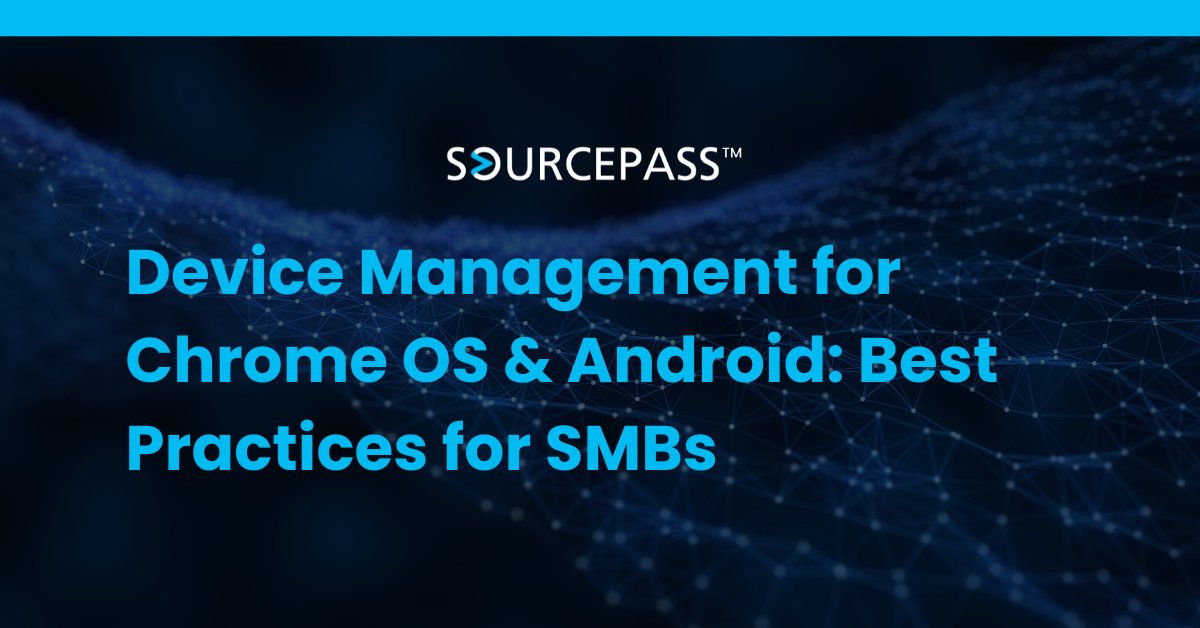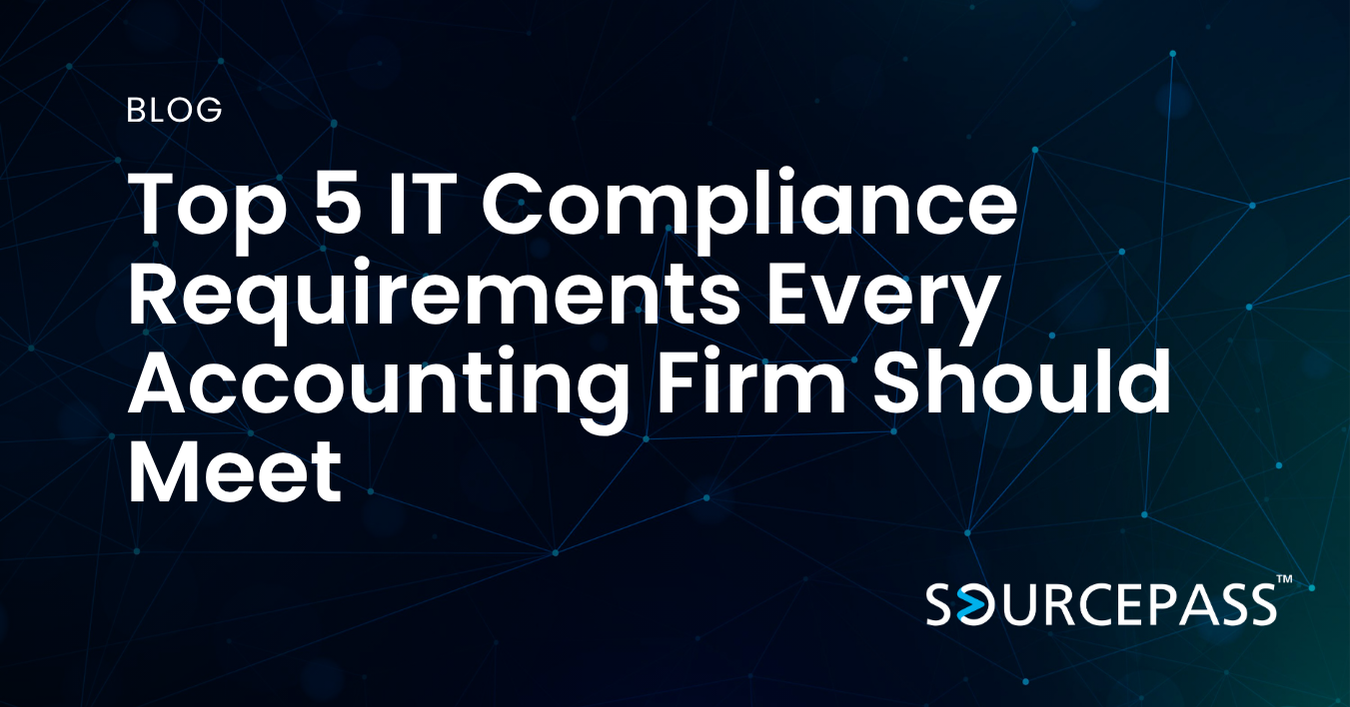Device Management for Chrome OS & Android: Best Practices for SMBs
Aug 29, 2025 Alex Davis Cloud & Infrastructure | Data Management | Google 2 min read



Why Device Management Matters for Small and Mid-Sized Businesses
As small and mid-sized businesses (SMBs) increasingly adopt Google Workspace, they often rely on Chromebooks, Android devices, and other endpoints for daily operations. While these devices are cloud-friendly and secure by default, without proper management, organizations can face challenges related to security, compliance, and operational efficiency.
Implementing device management strategies, including Mobile Device Management (MDM) and Mobile Application Management (MAM), is critical for SMBs to maintain control, protect data, and support a remote or hybrid workforce.
Key Challenges SMBs Face with Chrome OS and Android
Remote Workforce
Employees accessing corporate resources from home, mobile locations, or co-working spaces can introduce security risks. Without centralized management, enforcing consistent policies is difficult.
Security Risks
Unmanaged devices may lack critical updates, encryption, or security policies. This increases vulnerability to malware, unauthorized access, and data leaks.
Compliance Requirements
Even SMBs may handle sensitive customer or employee data that requires adherence to regulations such as HIPAA, SOC 2, or ISO. Proper device management helps enforce access controls, encryption, and logging to support compliance.
Operational Complexity
With multiple device types and operating systems, IT teams can struggle to monitor usage, deploy apps, and maintain consistent configurations.
Best Practices for Chrome OS & Android Device Management
1. Implement MDM for Chrome OS and Android
-
Use MDM solutions to enforce device policies, remotely manage updates, and monitor security compliance.
-
Configure devices to automatically encrypt data and require strong authentication.
2. Deploy Mobile Application Management (MAM)
-
Control which apps can access corporate data on Android and Chrome OS.
-
Apply policies that separate personal and business applications to reduce risk.
3. Enforce Centralized Policy Control
-
Define clear access policies, password requirements, and screen-lock protocols.
-
Apply policies consistently across all devices to simplify IT oversight and reduce vulnerabilities.
4. Monitor and Audit Devices Regularly
-
Use reporting tools to track device compliance, application usage, and potential security incidents.
-
Identify non-compliant devices and remediate quickly to maintain security posture.
5. Support a Remote and Hybrid Workforce
-
Ensure secure access to Google Workspace, shared drives, and corporate resources from any location.
-
Use MDM/MAM to deploy updates and policies remotely, reducing downtime and support tickets.
6. Educate Users
-
Provide training on secure device use, password hygiene, and company policies.
-
Encourage employees to report lost or stolen devices promptly.
The Business Case for Google Workspace Device Management
Proper Chrome OS device management, Android MDM, and Google Workspace device management benefit SMBs in several ways:
-
Strengthened security and reduced risk of data breaches.
-
Simplified IT management and policy enforcement.
-
Support for compliance and audit requirements.
-
Increased productivity and confidence for remote or hybrid teams.
Conclusion
For SMBs leveraging Chromebooks and Android devices, device management is not optional—it is essential. By implementing MDM and MAM, enforcing centralized policies, and monitoring device activity, businesses can protect corporate data, maintain compliance, and support a flexible workforce. A structured approach to Google Workspace device management empowers SMBs to work securely and efficiently in cloud-first environments.
Subscribe To
Sourcepass Insights
Sourcepass Insights
Stay in the loop and never miss out on the latest updates by subscribing to our newsletter today!
.png?width=500&height=100&name=White%20Logo%20-%20Transparent%20Tag%20(3).png)



